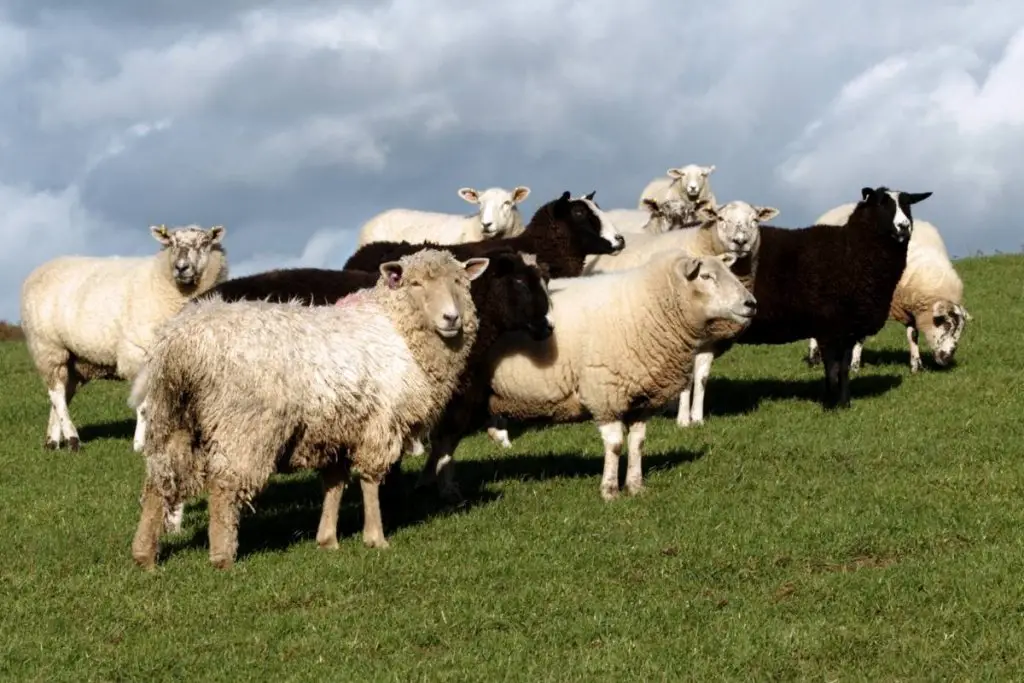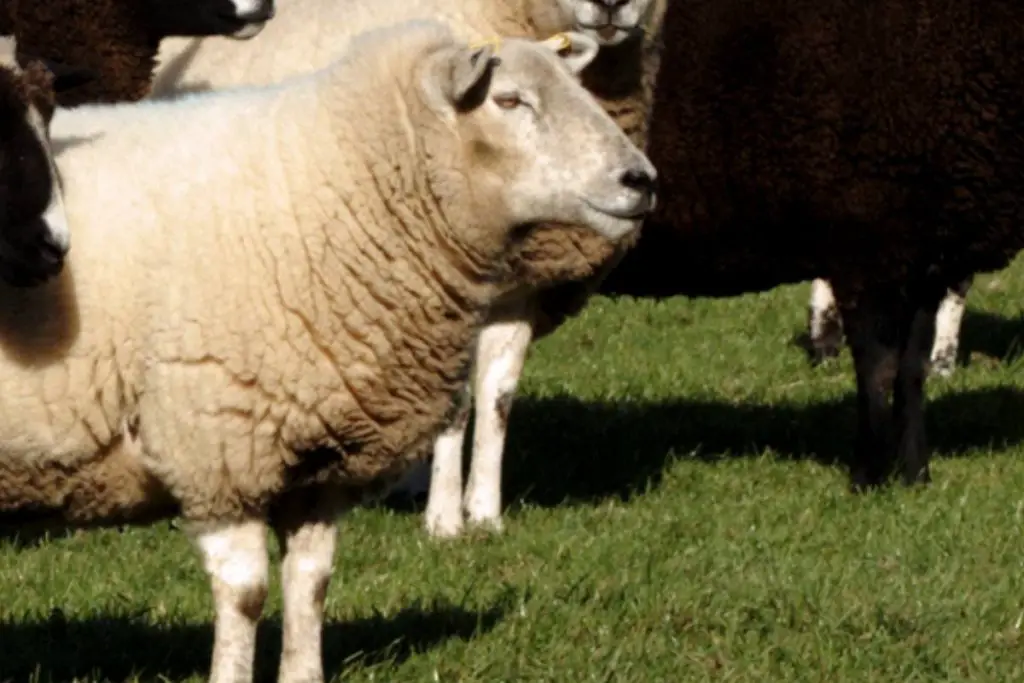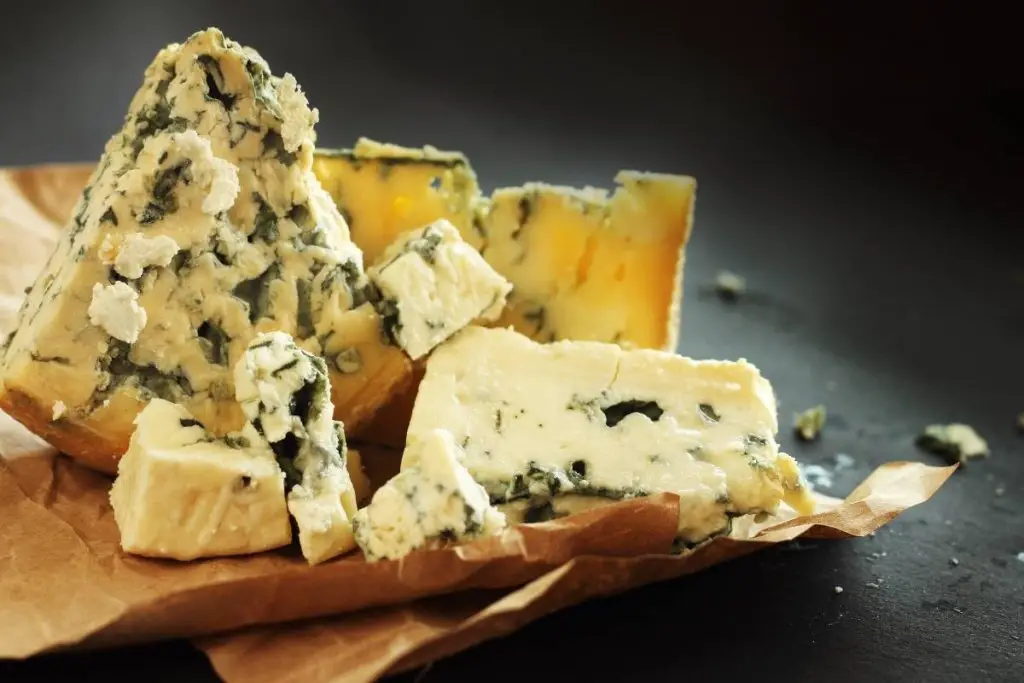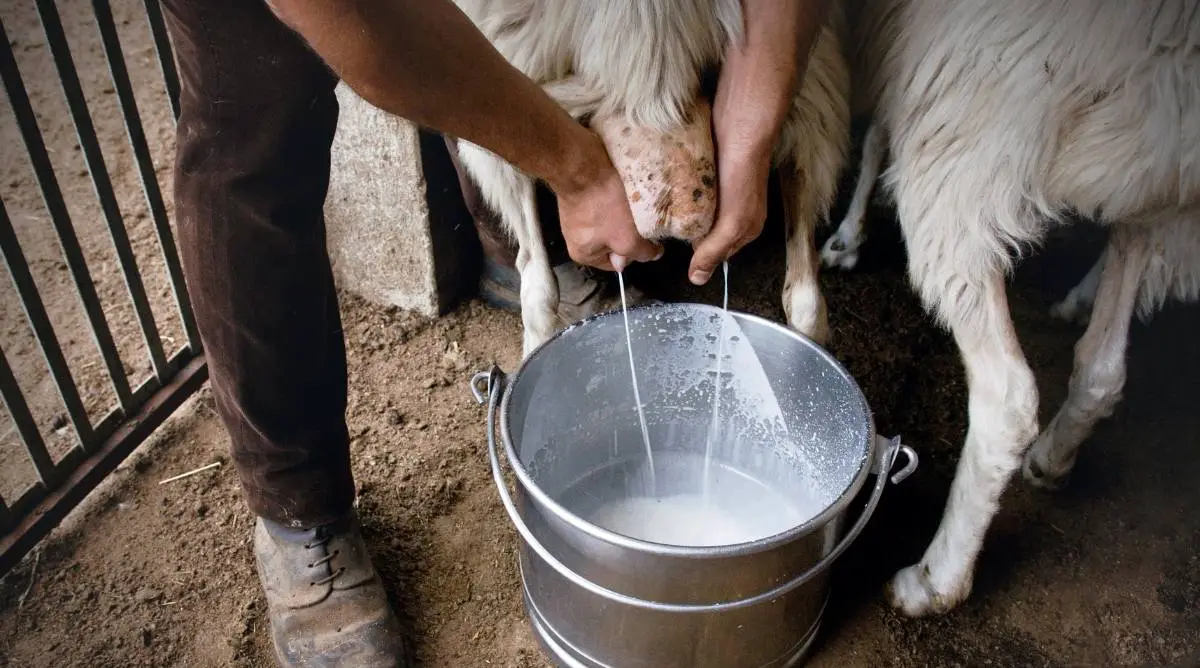The best dairy sheep breeds include the British Milksheep, East Friesian, Finnsheep, and Awassi. Each of these breeds produces higher-than-average quality and quantity of milk, and are used to produce yogurt and cheeses like ricotta, feta, and pecorino.
Table of Contents
The 7 best dairy sheep breeds

The best dairy sheep breed overall is the British Milksheep. It produces a higher volume per day of milk than most other breeds, while also boasting a high protein content.
The British Milksheep doesn’t produce milk with a particularly high butterfat content.
Picking the best sheep breed for dairy production depends whether your focus is on volume or quality. Here are some of the top breeds for each category:
- Highest volume: British Milksheep, Awassi, Assaf, East Frieisian
- Highest protein: British Milksheep, East Frieisian, Lacaune
- Highest butterfat: Lacaune, Awassi, East Frieisian
| Breed | Gallons per day | Butterfat | Protein | Uses |
| East Frieisian | 0.69 | 6.6% | 6.2% | Yogurts, cheeses (ricotta, feta, pecorino), skincare products |
| Lacaune | 0.45 | 7.21% | 6.19% | Cheese (especially roquefort cheese) |
| Awassi | .71 | 6.7% | 5.4% | Yogurt, cheese (feta, halloumi, testouri, shanklish) |
| Assaf | .70 | 6.0% | 5.9% | Cheese, yogurt |
| Finnsheep | .51 | n/a | n/a | Cheese (halloumi) |
| British Milksheep | .79 | 6.0% | 6.9% | Commonly used for cheese made in the UK (roquefort, brie, cottage cheese) |
| Katahdin | .36 | n/a | n/a | Seasonal artisanal cheeses |
East Friesian
East Friesian sheep are considered the most reliable dairy sheep for producing large quantities of milk. These crossbred sheep were developed in the Friesland area in Germany. They do great under a milking system, but they cannot tolerate warm climates.
East Friesian ewes can produce at least 158 gallons of milk throughout a 220-240-day lactation cycle. East Friesian milk contains around 6.6% butterfat and 6.2% protein.
East Friesian milk is commonly used for commercial yogurts and cheeses like ricotta, feta, and pecorino. It is also used in skincare as ingredients in soaps and lotions.
Lacaune
Lacaune sheep are from Lacaune, France. They are hardier than East Friesians, but they produce less milk in volume.
Lacaune sheep produce 74 gallons on average per lactation period of 165 days. Lacaune milk has 7.21% butterfat and 6.19% protein.
The high percentage of fat makes Lacaune milk perfect for cheese-making. It is the only sheep breed used for making France’s roquefort cheese.
Awassi
Awassi sheep are a broad-tailed breed originally from the Middle East. They are a hardy breed and are adaptable to hot and cold climates.
Awassi ewes produce around 107 gallons of milk per 150-day lactation period. Awassi milk has 6.7% butterfat and 5.4% protein.
Awassi milk is used to make many Middle Eastern cheeses, such as halloumi, testouri, and shanklish. It is also used to make feta and yogurt.
Assaf
Assaf sheep were developed in the 1950s in Israel. It is a cross between the East Friesian and the Awassi. The Assaf is preferred over the Awassi in Israel because it produces more milk in volume.
Assaf ewes can produce up to 121 gallons of milk per 173-day lactation period. Assaf milk has 6% butterfat and 5.9% protein.
Assaf milk is also used to make yogurt and cheeses popular throughout the Middle East.
Finnsheep
Finnsheep, or Finnish Landrace, is a sheep breed from Finland. Finnsheep is a non-dairy sheep. Their main purpose is wool production, but they can produce ample milk to supply a small farm or homestead.
Finnsheep ewes produce multiple lambs per breeding season and enough milk for their young. They produce about 66 gallons of milk per 130-day lactation period.
Finnsheep milk can be used to make excellent quality cheese, such as halloumi.
British Milksheep

British Milksheep were developed by crossing sheep breeds known for milk production, including East Friesian sheep.
British Milksheep ewes can produce up to 238 gallons of milk per 300-day lactation period. Their milk has around 6% butterfat and 6.9% protein.
British Milksheep milk is used to make cheeses in the UK, often taking inspiration from French roquefort, French brie, and cottage cheese.
Katahdin
The Katahdin was developed in the 1950s in Maine in the US. Katahdin are a hardy breed of sheep and are parasite-resistant.
Katahdins are non-dairy sheep, but they produce more than enough milk for lambs. Katahdin ewes can produce about 55 liters over their 150-day lactation period.
Katahdin milk can be used to make seasonal artisanal cheeses.
Why are some sheep considered dairy sheep breeds?
Sheep are bred for a purpose. Most are bred for meat or wool production. Dairy sheep are bred primarily for milk production.
In the US, only a few dairy sheep breeds are easily accessible. Farmers may opt to raise a non-dairy sheep breed that can still produce plenty of milk.
To be considered a dairy sheep, an ewe should be able to produce more milk than her lambs can consume.
Milk yield and quality vary per breed. Some crossbreeds produce more milk, while some breeds produce less milk but with higher fat and protein.
Can humans drink milk from sheep?
Yes, humans can drink milk from sheep. Many consider sheep’s milk to be superior to cow’s and goat’s milk. Humans can also eat dairy products made from sheep’s milk, such as yogurt and cheese.
Some of the benefits of sheep’s milk include:
- Higher nutritional value: Sheep’s milk has more nutrients per glass when compared to cow’s or goat’s milk. Sheep’s milk has almost double the amount of zinc and calcium as compared to cow’s milk.
- Easily digestible: Sheep’s milk has smaller fat globules than cow’s and goat’s milk. This is why even people with high lactose intolerance can drink sheep milk without experiencing any problems.
- Less likely to cause high cholesterol: Sheep milk contains more “good fats” than cow’s milk. So even though sheep milk has higher levels of total fat, it does not cause a spike in blood cholesterol.
Cheeses that come from sheep milk

Sheep’s milk is also a favorite of cheesemongers because it contains more butterfat and more milk solids than cow’s milk. For instance, you need ten liters of cow’s milk to make a kilogram of gouda, but you only about 5 liters of sheep’s milk.
Some examples of cheese made from sheep milk include:
- Manchego, a mild Spanish cheese from Manchega
- Roquefort, a tangy blue cheese from France
- Pecorino, a nutty, salty cheese from Italy
- Feta, a brined cheese made from Greece
- Halloumi, an unripened brined cheese from Cyprus
- Ricotta, a creamy soft cheese from Italy

